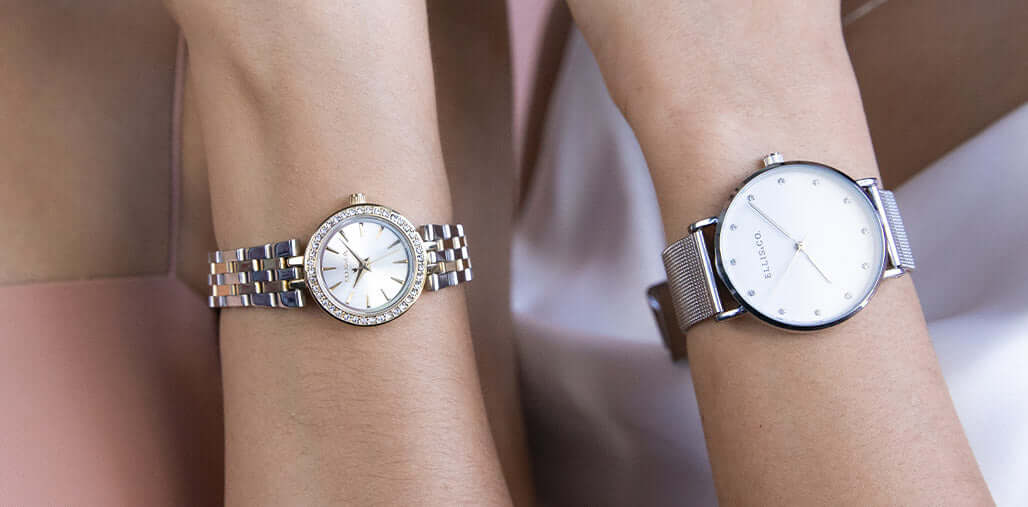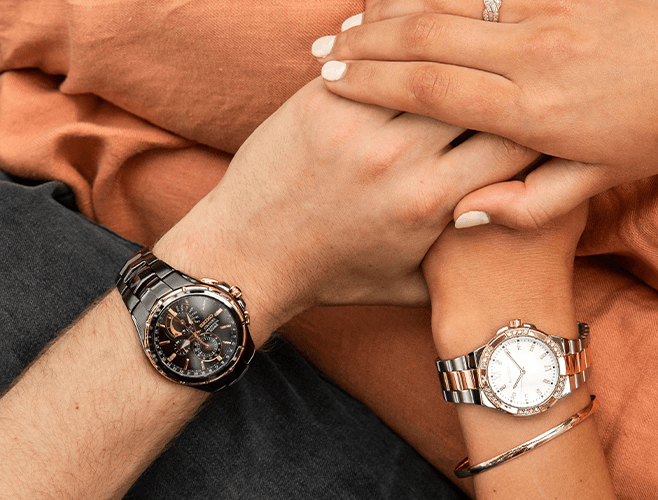Next to quartz style watches, automatic watches are arguably one of the most popular watches currently on the market. So much so that you’ll find automatic watch movements in some of the world’s most iconic and stylish watch brands including Seiko, Citizen, Bulova and Fossil. But what exactly are automatic watches and how do automatic watches work? Read on to find all that out and more.
With origins that date back to the late 1700s when pocket watches were the timekeeping instrument of choice, automatic watches or self-winding watches as they are often known are characterised by their accuracy, their smooth movement and stellar aesthetics. The heritage of automatic watches is unparalleled and is one that continues to play a major role in the watchmaking world to this day.
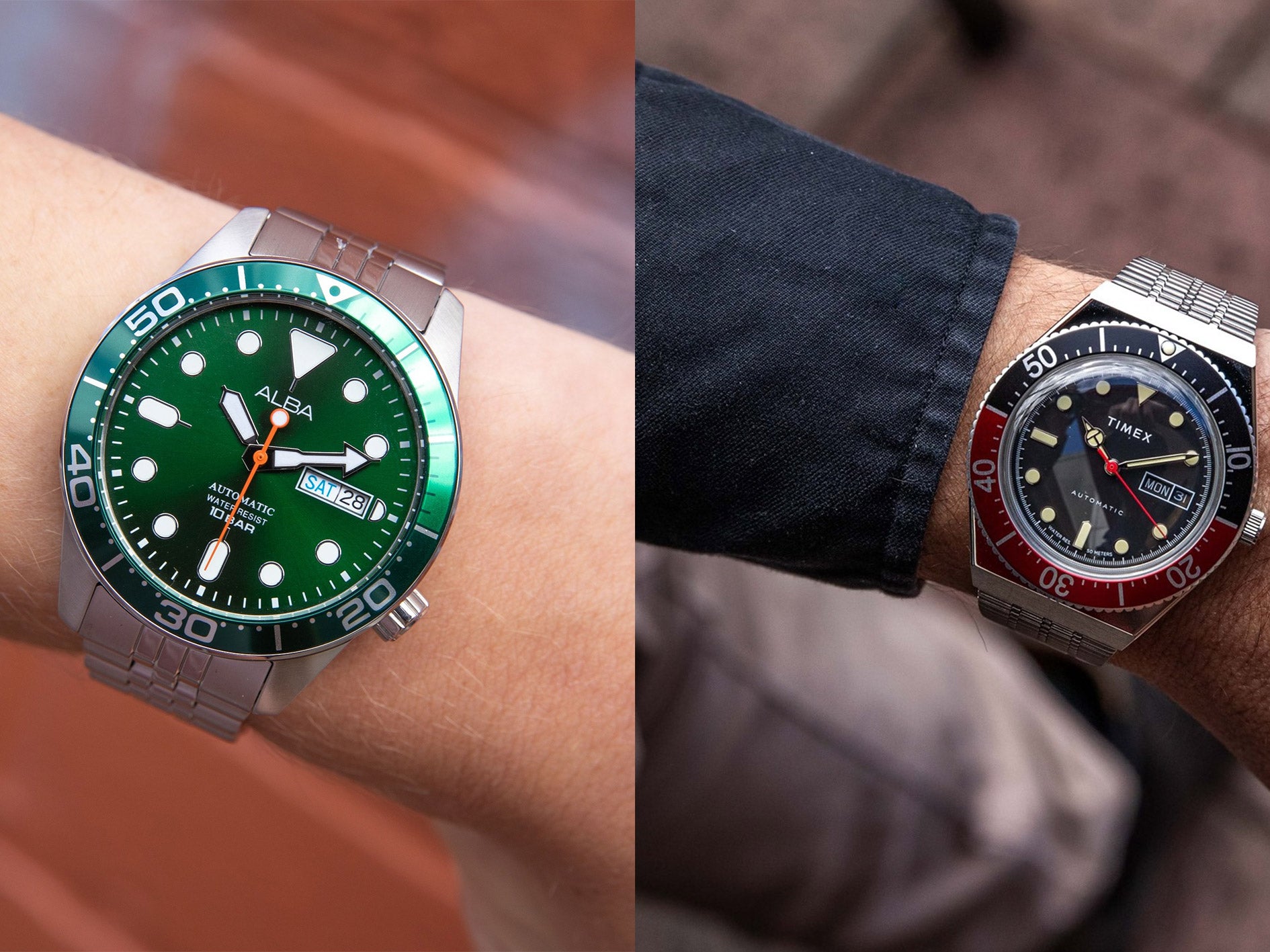
Overview:
What Are Automatic Watches?
Invented by Swiss watchmaker and father of precision watchmaking Abraham-Louis Perrelet, an automatic watch is a timepiece that contains a movement that is powered automatically or by itself. Unlike manual watches that have to be wound by the wearer on a regular basis, automatic watches are very much like a piano or a wind turbine in the sense that they are powered by kinetic energy. The automatic movement, therefore, makes the act of hand-winding a watch to keep it moving pretty much redundant and therefore the process of timekeeping a lot more automated. However, the beauty of automatic watches is that they do have the ability to be wound, albeit not essential, the presence of hand-wound mechanics allow for the wearer to get the watch moving in the event that the timepiece hasn’t been worn over a substantial period of time.
Automatic watches not only made the process of timekeeping much more automated at a time when most things required a manual process to operate, but they also helped make timekeeping more efficient. Despite this, however, timepieces with an automatic movement were not all that popular upon their release in the late 18th-century. In fact, many formed the opinion that automatic watches were not all that reliable.
It wouldn’t be until after World War 1 in the early 1910s that watch wearers began to embrace timepieces with an automatic movement and this was largely due to advances in technology that had taken place at the time. When automatic movements did finally have their moment, they were often in the form of pocket watches that were worn when waistcoats and long gowns were the fashion of the time. There were however, there were an increasing amount of women starting to wear wristwatches during this era to compensate for the fact that their outfits didn’t have any pockets. Today, automatic movements are found in everything from timeless analogue watches to hardwearing diving watches. You will rarely find automatic movements in chronograph watches as these timepieces generally have a movement that is unique to chronographs and chronometers.

So, How Do Automatic Watches Work?
An automatic watch is essentially powered by the movement of the wearer’s wrist and hands. This is because as humans we naturally use our hands quite a bit throughout the day, so much in fact that our natural movement can have the ability to generate kinetic energy in devices that rely on this power source to operate, including automatic watches. In order to generate this energy, all automatic watches will have what is known as a rotor or metal plate embedded inside of it. Generally produced from heavy metals such as gold, platinum or tungsten so that it is powerful enough to wind the movement, the rotor typically oscillates freely within the watch. Each time the wearer moves the arm, hand or wrist containing the watch the rotor spins. The spinning rotor then transfers the kinetic energy into the device that helps keep the watch moving known as a mainspring. Is in the mainspring where all the energy is stored, ensuring that your watch keeps moving long after you have stopped moving such as when you are sleeping or when you have taken the watch off for whatever reason.
As reiterated above, watches with an automatic movement do not necessarily have to be wound-unless of course you don’t wear them much. There may come a time when you have to wind it for its upkeep. However, generally just wearing your watch and keeping it away from hazardous elements is the best form of care that you can give it. Occasionally, people will get watches with an automatic movement mixed up with those that contain a kinetic movement, but they are not the same thing. While watches with automatic movements use the rotor and mainspring to store energy in the watch, timepieces with a kinetic movement store energy into a specially designed watch battery. And while both types of watches do rely on the wearer’s movement to operate, kinetic movement watches transfer energy into a form of electrical power. Watches with a kinetic movement aren’t all that common, however, you will occasionally find them in some of the more premium Seiko watches such as the Japanese brand’s Seiko Premier line.
Our Favourite Automatic Watches
Now that you’ve learnt the answers to all the important questions including how do automatic watches work. Allow us to get you acquainted with some of our favourite women’s and men’s watches in the Watch Depot range with an automatic movement.
Alba AL4187X1 Automatic Stainless Steel Men’s Watch
Alba watches are synonymous with their dapper style as well their nuance-detailed craftsmanship and the Alba AL4187X1 is no exception. Complete with an energetic green dial and a sophisticated stainless-steel link band, use this fashionable timepiece to add a subtle pop of colour to your day to day look. Ideal for everyday and for formal occasions, wear this piece with ease with its hard-wearing functions and 10-bar water resistance.
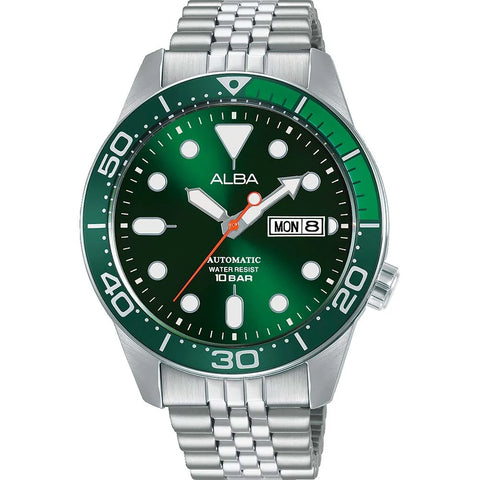
Citizen NH8393-05A Automatic Brown Leather Men’s Watch
A massive departure from other Citizen watches we’ve come to know and love from the brand, the Citizen NH8393-05A is the merging of the old and new style. Adorning a mock-crock buttery smooth brown leather band, a beautiful yet subtle rose gold case and a classic dial featuring a small day and date window, this elegant leather watch will help take the overall sophistication of your lookup around ten notches. This piece is also made of sturdy and durable stainless steel meaning it is guaranteed to withstand the rigours of everyday life.

Timex M79 Automatic TW2U96900 Men’s Watch
Featuring a unique stainless steel link band that is more akin to a piece of jewellery than a watch, the Timex TW2U96900 is the perfectly blended mix of classic and contemporary. Boasting a simple yet stylish analogue dial and bezel adorned in classic black, this Timex watch is a great addition to your everyday wardrobe while also being an incredibly reliable timekeeping tool. Its unique band and meticulously-designed case that is reminiscent of timepieces that were popular throughout the late 1970s and 1980s will also help bring a touch of retro-ness to your look.

Bulova 96B322 Oceanographer Automatic Devil Diver Men's Watch
A tribute to the original Bulova Oceanographer diver’s watch, the Bulova 96B322 is daring in its functions and its design. Decorated in a seafoam green colour that is reminiscent of the warm waters of the Mediterranean and subtle black accents, this Bulova watch is one heck of a statement piece. Crafted from stainless steel, a piece like this is certain to delight those that want a watch that is more on the eclectic side than the conventional side, especially with its exaggerated metal case and unique circular digits. Also featuring a screw-down crown to prevent water from getting in and the ability to withstand up to 666 feet of ocean, the Bulova 96B322 is also a great diving companion.

Explore a huge range of automatic watches, men’s watches, women’s watches and more online today at Watch Depot. Nab yourself an epic bargain with our watch sale and save on shipping when you spend $69 or more on a single online order. Wear now and pay later with our various finance options such as Afterpay, Zip, humm, Laybuy, LatitudePay and Latitude Interest Free.



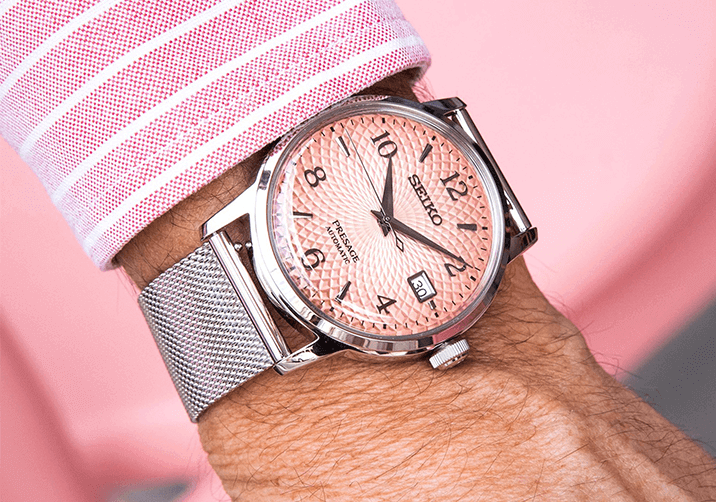
.png)
